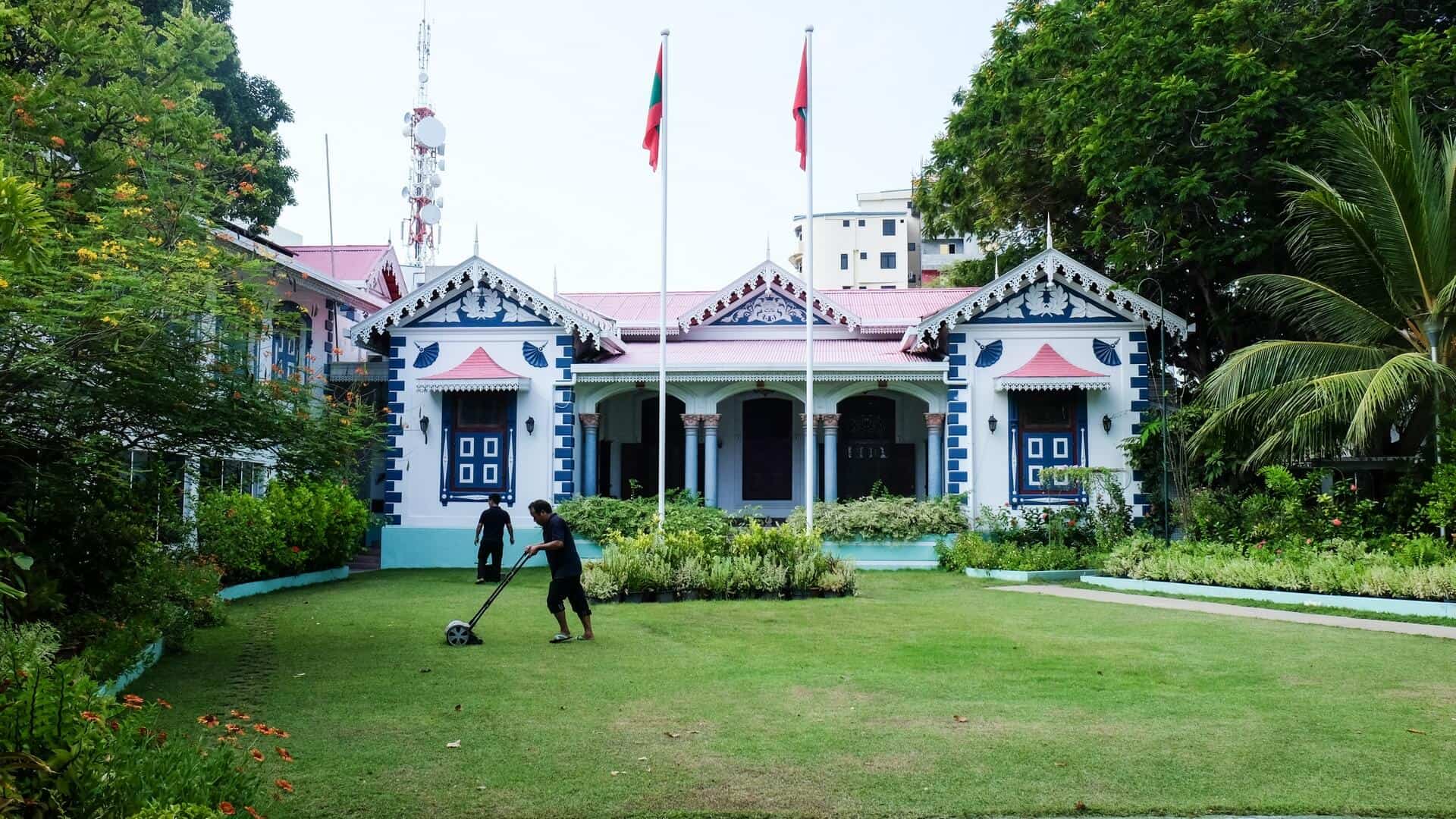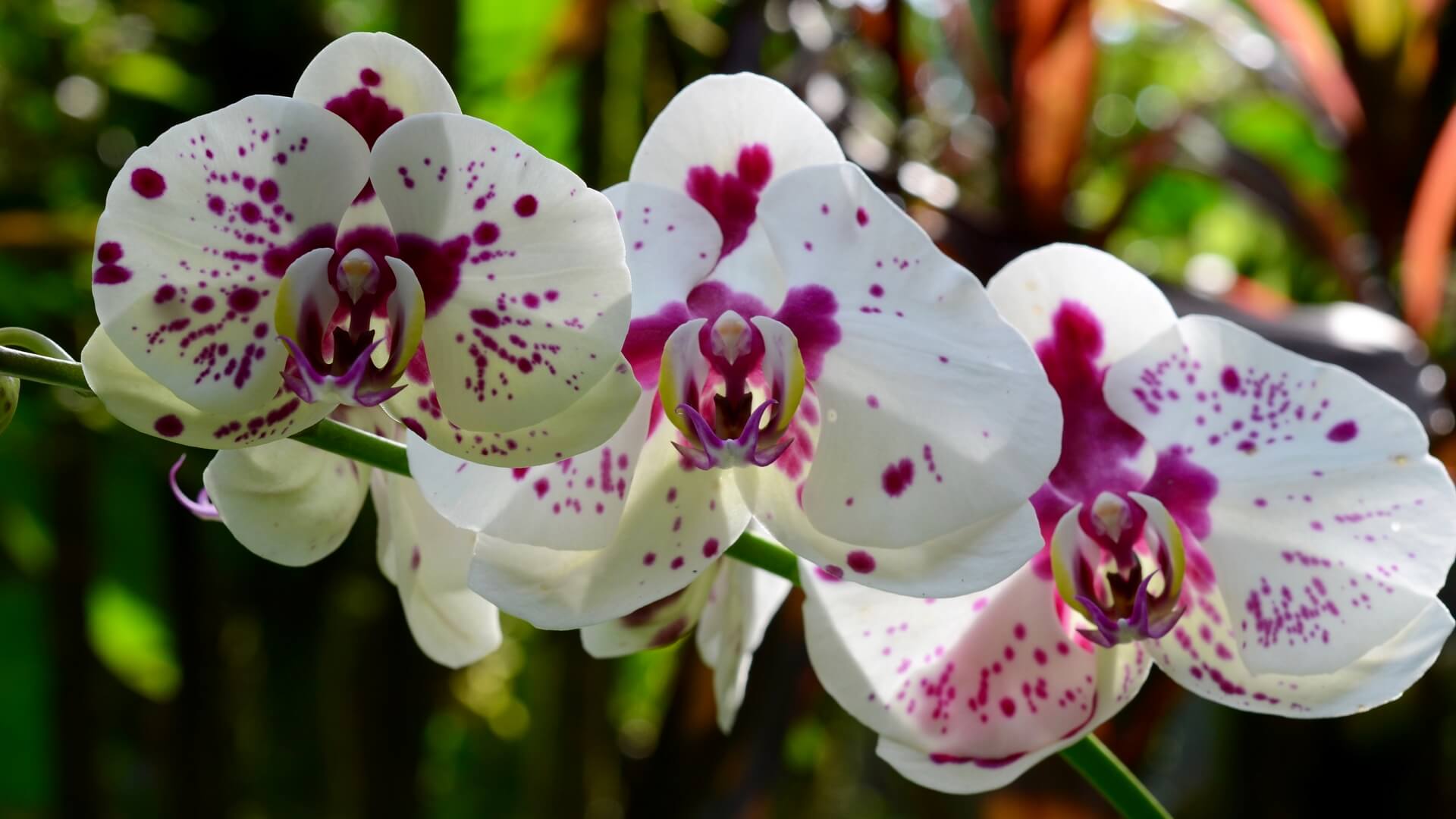The Maldives culture landmarks
The Maldives Islands are famous for their beach rest around the world. However, the Maldives culture landmarks are one of the most important parts of an independent trip or tour in these places. Thanks to the long story of the islands, which is contained of the intricacies of many religions, during the vacation in the Maldives you can explore unusual architecture and museums’ exhibits. Also, there is an opportunity to get know with the majority of national holidays in the Maldives.
The table of contents

Muleeage
An important architectural monument in the northern part of the islands is the palace built by Muhammad Shamsuddeen III. He is the last sultan who ruled the Maldives in the early 20th century. Having decided to build a luxurious mansion in the capital city Male, Muhammad called the best architects of Ceylon. The Muleeage Palace was completed in 1919 and it had to become a gift for the young heir to the throne. Shamsuddeen’s plan wasn’t realized because the Maldives had became a republic. For a while after the change of form of government the presidential residence was located in the Muleeage Palace. Then the head of the Maldives chose another place for permanent life, and the palace was desolate. The status of the palace was only rehabilitated in 2009. Since then, the guests of honor of the Republic of Maldives have stayed in the Muleeage Palace. Among them there are the Queen of England, Prime Minister of India etc.

Also, the Muleeage Palace is known for its unusual architectural solutions with elements of colonial style. It’s dominated by quiet shades: white, pink, blue. The Medhu Ziyarat tomb is located here, where Al-Barbari is buried. He was a scientist, who in the 12th century sent the country to a Muslim religion that gradually replaced Buddhism. Around the palace is the Sultan Park with unique roses blooming all year round.
Islamic Centre
In front of the president’s castle there is the largest Muslim mosque in Asia. This architectural monument of Male was unveiled by president Maumoon Abdul Gayoom in 1984 year. This Islamic center has a large territory for prayers (for 5 thousand people) and recreation of faithful and serves as a true pride of the Muslim world. The main prayer hall was erected in honor of Sultan Muhammad Tukurufanu. In the Maldives he is considered a hero, because he helped the country get rid of the Portuguese colonization of the islands. The interior of the Islamic centre is memorable for the abundance of Pakistani carpets made for the mosque to order and the variety of tile patterns on the floor. The walls are decorated with hand-carved wood panels and Arabic inscriptions.
The exterior decoration of the building also deserves the attention of tourists. The minaret is decorated with a golden dome of aluminum, and the load-bearing walls are made of white marble, which adds elegance. The Islamic center is simple to perform, but it is noble. In the yard of the mosque there are four wells and a sundial. Interestingly, despite the importance for Muslims, the Islamic center was built with violation of religious canons. So, because of old foundation the mosque isn’t belong to Mecca. However, indications of the correct placement of people during prayer are directly on the carpets.

Also, in the Islamic centre there is a conference room, a valuable library and place for students’ study. Since 2008, the local Ministry of Islamic Affairs has been located here. Take into account that tourists can get in the build only between prayers .
Maldives National Museum
Thanks to the compact islands’ sizes all the sights of Male are within walking distance of each other. The National Museum, where you can learn more about the history of the Maldives, is located right in the centre, or rather in the Sultan Park of the Muliage Palace.
The first opening of the museum took place in November 1952. The main initiator was the Prime Minister, Mohammed Amin Didi. The national complex was a three-storey building in the colonial style. The museum used a part of the royal palace erected in the XVII century. It was originally planned that the museum would help preserve the cultural and historical heritage of the local people. But already in 1968 there was a major fire, and the building collapsed. A new object for the museum was erected there with the financial support of the Chinese government. The reopening of the National Museum of the Maldives took place in July 2010, namely on the Independence Day on the islands. In 2012, the museum was attacked by a group of religious extremists who destroyed some of the exhibits, including unique Buddhist coral stone statues.

Today the museum’s exposition includes thrones, weapons, historical costumes, ancient coins, antique furniture, household items and sultan’s jewelry. There is also an exhibition in honor of the fight against the colonizers of the island. On the walls of the National Museum there are portraits of politicians, and on the second floor – a collection of musical instruments. Modern Maldivian artists are exhibited at the National Gallery of Arts in the same building.
Grand Friday Mosque
Friday Mosque was built in 1658. This is one of the oldest jumble mosques (cathedral mosques for common prayers) in the center of the Maldivian capital. The object was erected in just two years by order of Sultan Iskandar I. The main material of the mosque is coral stone. Around the building there is a cemetery from the time of construction, and the gravestones there are also carved from coral. The coral minaret also deserves special attention.

The area of the Friday mosque slightly exceeds 60 square meters. In the main building there are three departments for prayer each day: where the imam reads the prayer, the central entrance and the middle section of the mosque. Since 2008, the site has claimed membership in the UNESCO World Heritage List. The Friday mosque is proud of its stone carvings and lacquer paintings of ceilings and panels.
Sultan Park
The Sultan Park is located next to the National Museum in the capital. It is a corner of a landscaped area and a remnant of European civilization in the Maldives, as it contains amazing objects of the world’s flora, different from the local jungle.

The park is characterized by an abundance of pink shrubs and mass planting of wild orchids. These flowers give birth to a stunning aroma on the territory. The history of the place is very concise: before the site belongs to the royal palace, where the garden of the head of state was, but after the Second Republic (the events that led to the change of power in 1988) here made the Sultan Park. Only one wing of the Sultan’s residence, which survived the coup d’état, now reminds the high-ranking officials of the territory.
On weekends, Sultan Park is always full of people thanks to the abundance of fresh air and wide paths for leisurely walks in the pleasant shade of the plants. Here you can find water lilies, ficuses and other exotic flowers. The list of tourist places in the park is supplemented by an unusual fountain and a tree of desires, which is already more than a century old.
If you’re planning a holiday in the Maldives, take your time away from sunbathing and swimming in the sea. In the capital of the republic you will find interesting historical monuments, acquaintance with which will help to look into the soul of the local population and acquaint you with the life and mentality of the whole country. Of course, Male’ cannot boast of a diverse of architectural masterpieces, but you can spend a couple of days here with the benefit of your horizons.
